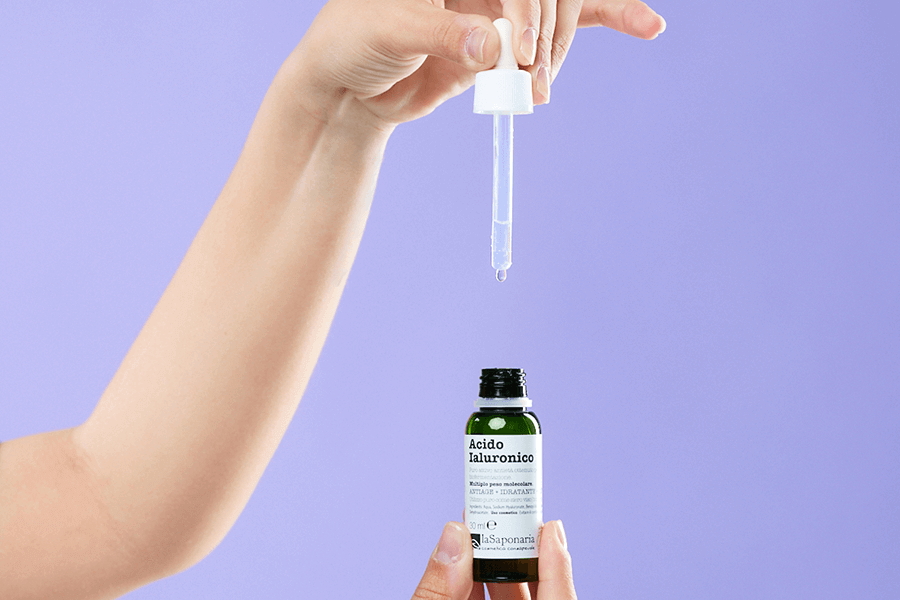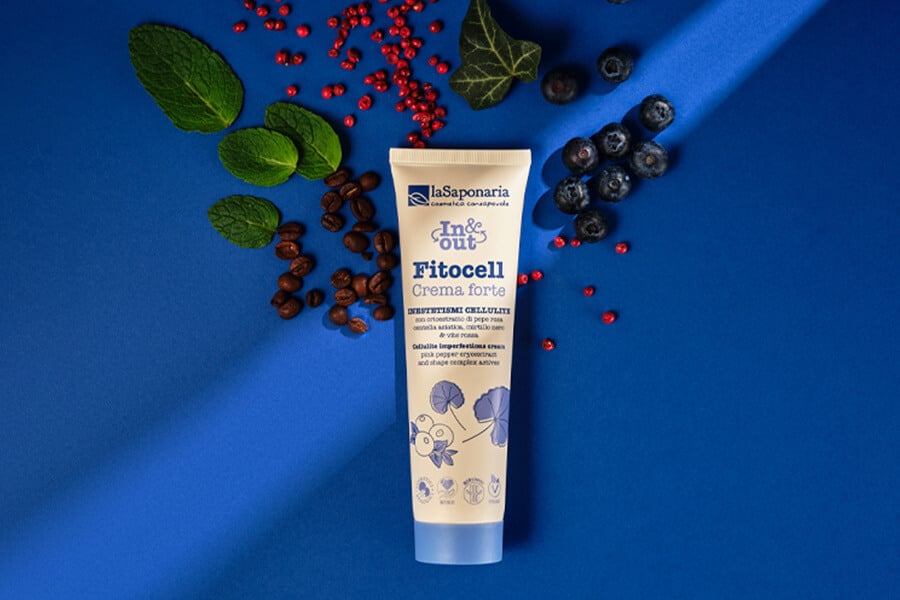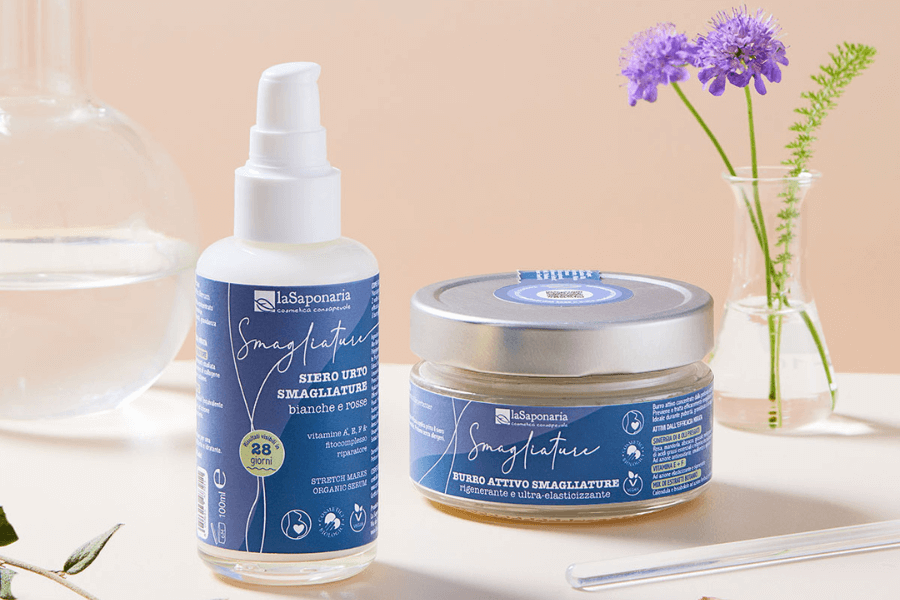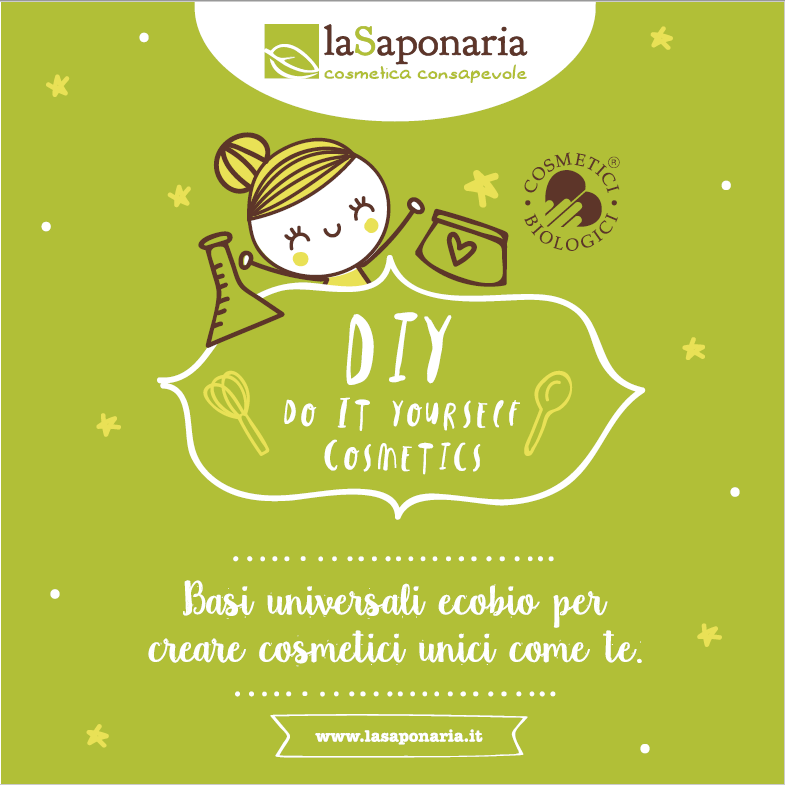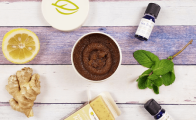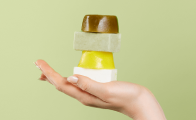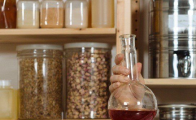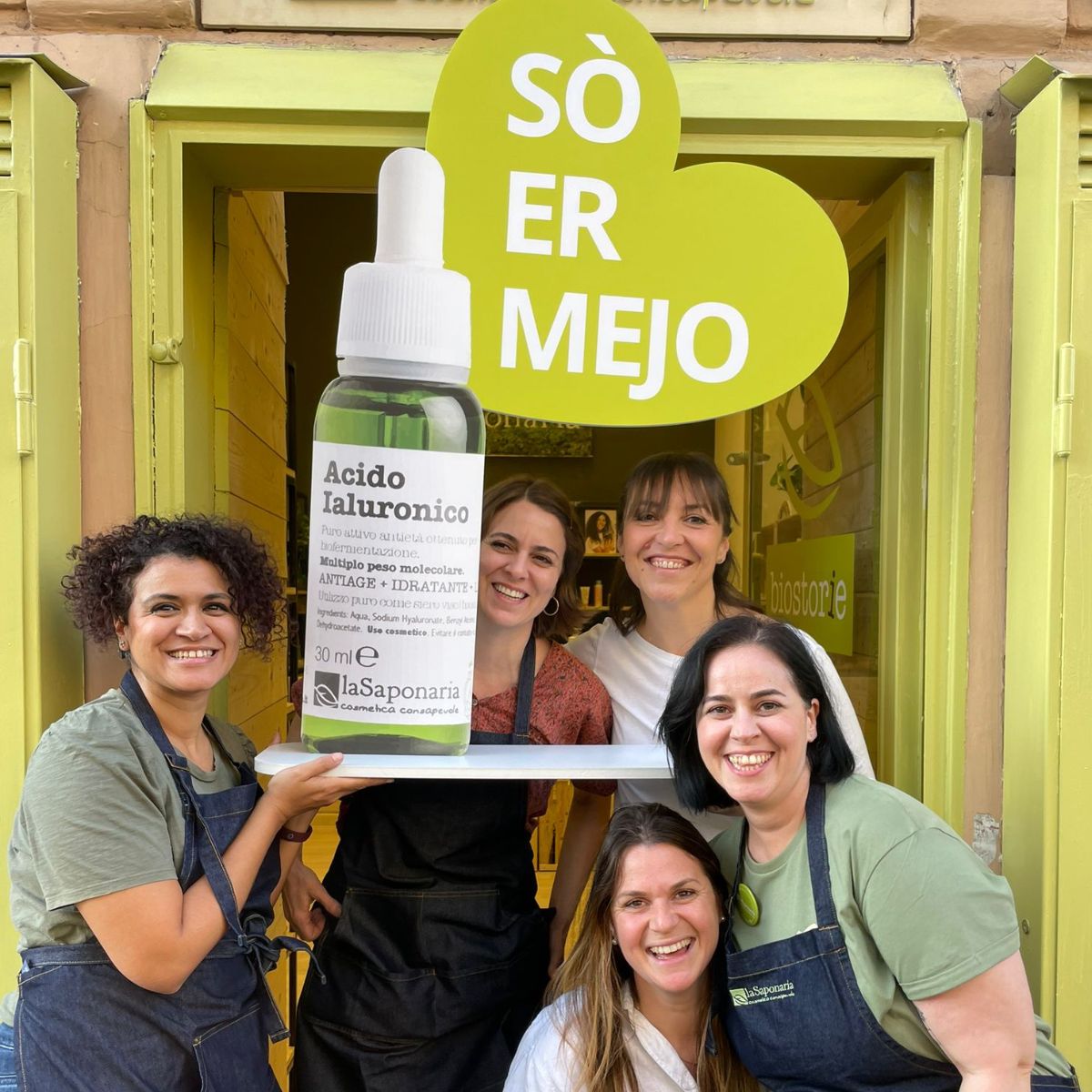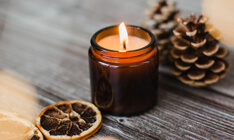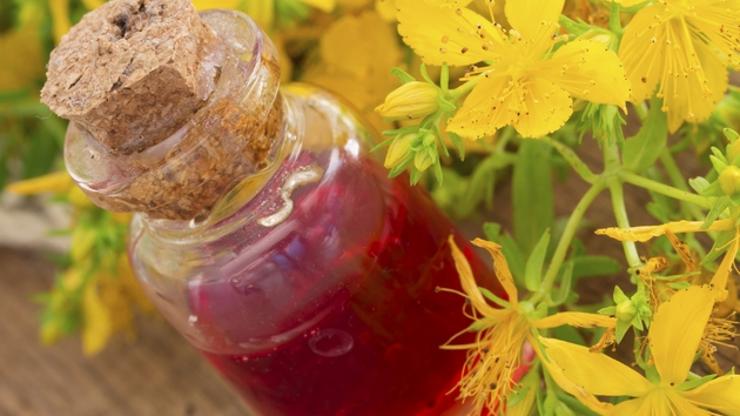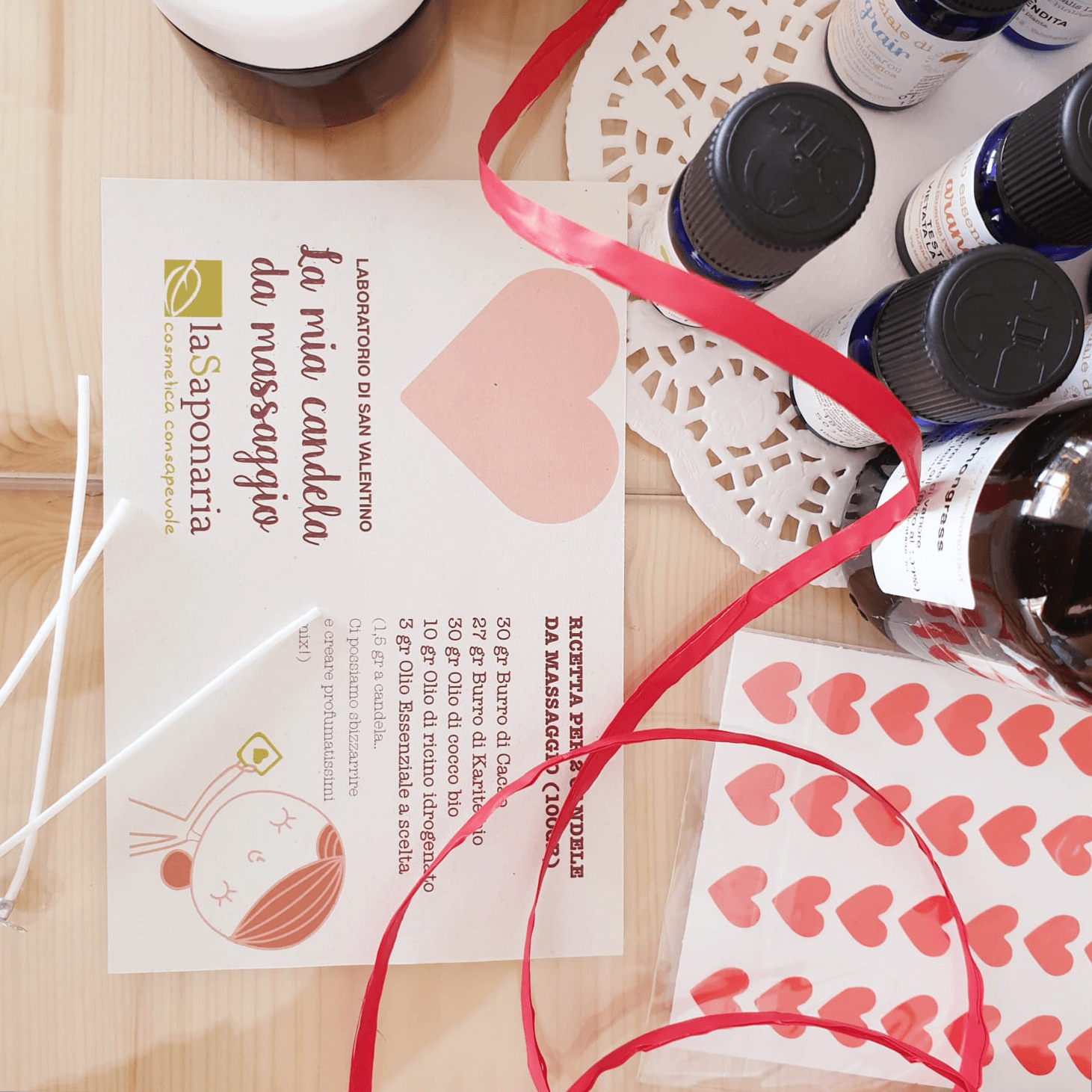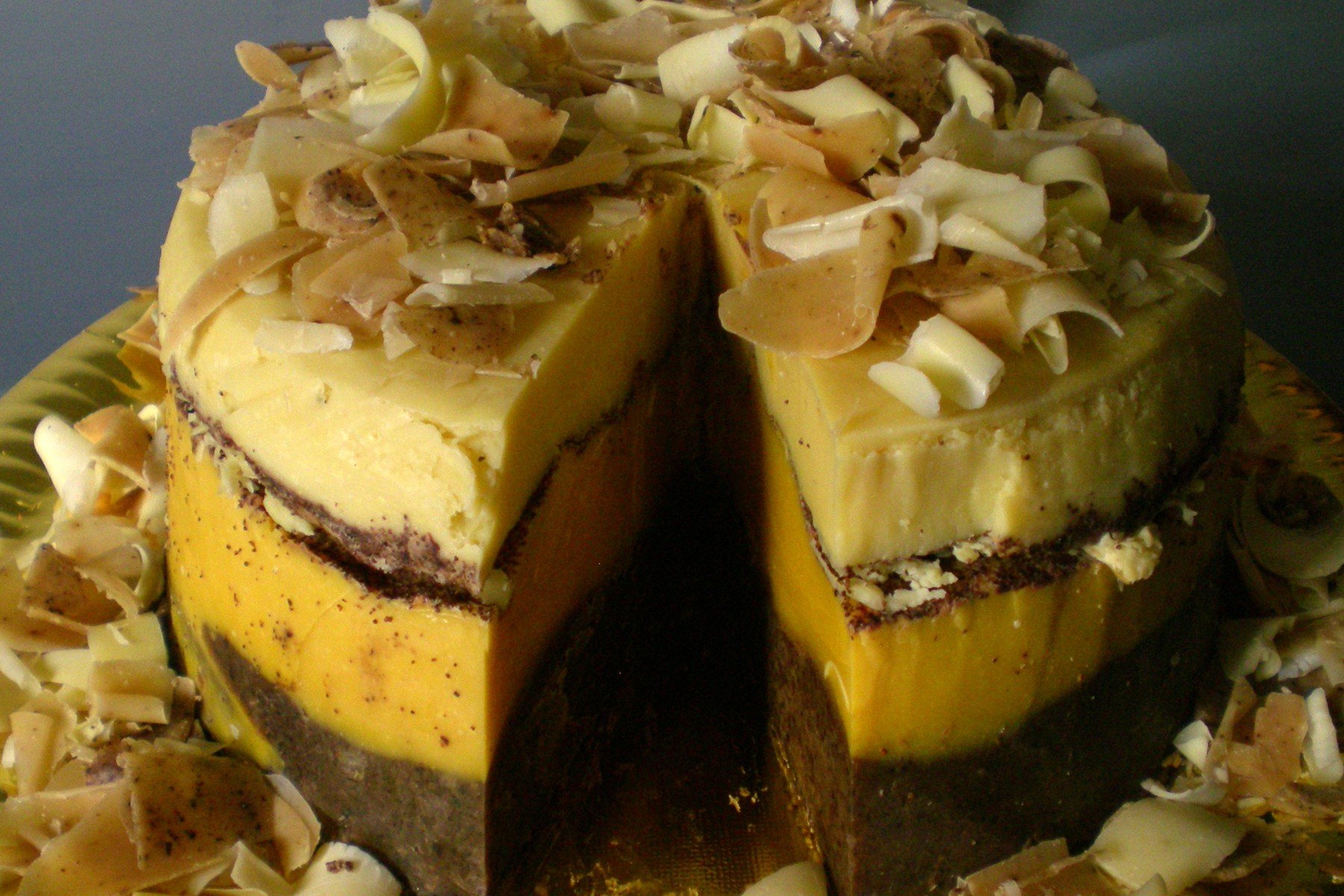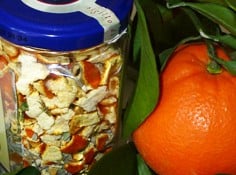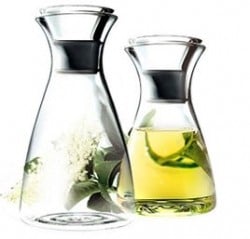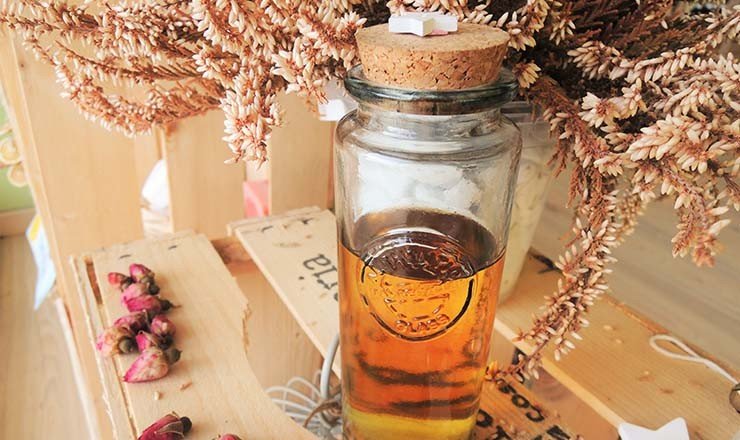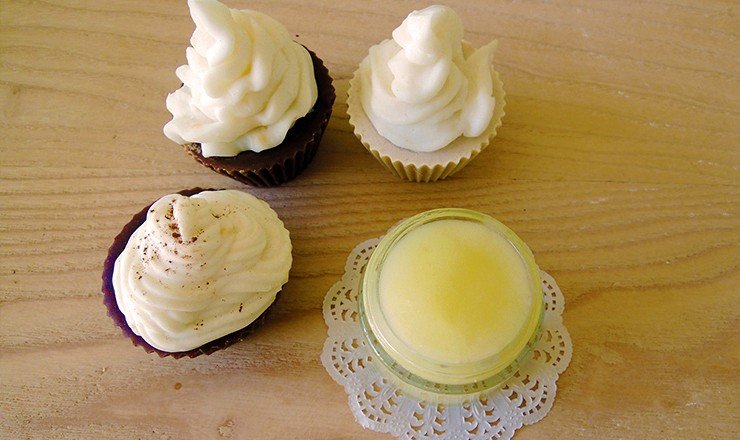Category: HOME RECIPES
Here's a super easy recipe to create a scented candle that will keep mosquitos away from your summer evenings! The secret ingredient of the recipe is the essential oil mix "Natural Defence"!
Don't let annoying buzzes and unpleasant pinches ruin your summer evenings! You can try and fix this by making a very simple and natural home perfumer! All you need is the "Natural Defence" new essential oils mix and a few more ingredients, and you're done!
Do you want to perfume your home naturally? Here is a very quick recipe for self-doing a scented home diffuser. This preparation can be easily customized: just vary the type of essential oil and you will always have different fragrances!
Here is a quick and easy recipe for doing a home fragrance diffusore yourself. Once the scented mixture is ready, pour it into a narrow-mouthed glass bottle, add 8-10 bamboo sticks and voila, the fresh, herbaceous notes of Dew will spread throughout the house!
Who doesn't like making lots of soap bubbles? Everyone loves them! Especially the children.
Yet the INCI of bubble soaps that are normally found on the market are often very bad, and we know very well that younger children sometimes come into particularly contact between hands and mouth, without thinking about the ingredients that are then dispersed into the environment. . The alternative? Making organic soap bubbles!
Here is a really simple recipe, which we can prepare at home with our children, to ensure them an endless supply of bubbles and fun.
Just get a container with the classic tool through which to blow the bubbles: it is quite easy to find empty ones on the market or, if we really can't find any, we can buy a traditional one, which we will then reuse over and over again, in a perfect zero waste perspective!
What is St. John's Wort oil?
Hypericum (or St John's Wort) is a herbaceous plant with characteristic yellow flowers. The leaves are elongated ovals, with the taller ones being the smallest. When viewed against the light they have a kind of perforation (they are actually translucent glands). This apparent perforation has given rise to the botanical name: Hypericum Perforatum. If you take a good look around these days, you will certainly find it too. Hypericum in fact grows everywhere (even on city roadsides) but it certainly prefers sparse, bright woods, sunny and dry locations such as abandoned fields and rural environments. Obviously, for harvesting we should choose land away from traffic and located in unspoilt areas!
When is it harvested?
St. John's Wort reaches its peak flowering during the summer solstice and the most auspicious day for harvesting is said to be 24 June (St. John's night), hence the popular name. Tradition says that St John's wort is harvested on St John's night, a magical night when not only do witches and devils traditionally gather for their Sabbath, but good or bad omens for the future are drawn. We don't know if this is true or not but it is certainly the most auspicious time to harvest in order to get the maximum benefits from this extraordinary plant!
What are its properties in cosmetics?
St. John's Wort is rich in active ingredients such as flavonoids, tannins, hypercin, chlorogenic acid and caffeic acid. St. John's Wort oil is a valuable remedy for sunburns, burns and sun erythema. It is also useful for treating nappy rash in children, is an excellent whitener for skin blemishes, gives excellent results in the treatment of psoriasis and is also an excellent ally in combating ageing as it stimulates cell regeneration (this is in fact the reason for its effectiveness against burns). Excellent as an after-sun soothing agent, however, it should not be used before exposure to the sun because it has a photosensitising effect, i.e. during sun exposure it makes the skin more sensitive to the harmful effects of radiation.
Here is how to prepare St. John's Wort oil homemade
Place the well-cleaned and dried flower tops in a glass jar (preferably a new one!) and cover to the brim with sunflower oil. Leave to ripen for about a month, the last week expose to the sun (not before because too long a time in the sun could turn the oil rancid). You will then have a perfect homemade St. John's Wort oil with love :)
St. John's Wort ointment
With St. John's Wort it is also possible to formulate an ointment, which is perfect for use in the case of burns from both burns and sunburn. We have created a small concentrate of nature that is 100% Vegan and formulated with just a few ingredients, chosen one by one to act synergistically, enhancing each other. The St. John's Wort you find in our ointment flourishes in the Marche region and is harvested according to virtuous and sustainable methods by small local companies, respecting the right botanical timing to allow the plant to develop its full power. You can read more about it in the article on our blog.
Here's how to make a massage candle at home!
What is a massage candle? It is a candle made with natural butters that melt with the heat of the flame and that you can then take with your hands to make warm massages that will be good for the body, nourishing the skin in depth, and for the spirit, for a burst of energy involving all the senses!
For 100% eco-friendly massages and to breathe clean and deliciously scented air thanks to a mix of essential oils that we can create according to our taste!
Some of you have "tasted" a small piece of it and were enthusiastic about it, others have asked us for more information on the soap cake that we created for the inauguration of the new website www.lasaponaria.it.
Given the great curiosity aroused, we decided to share the recipe with you!
In this recipe we will tell you step by step how to make a soap cake, an original idea as a gift to celebrate your anniversaries with relatives and friends instead of the classic dessert!
Our recipe for the "vegan lemon cream, almonds and coffee" cake
This in the photo is my self-produced herbal tea, it is great for winter because it is rich in vitamins, with orange peel and herbs from my garden - marjoram, lemon thyme and liquorice - left to dry for a day on the radiator. It is a recipe that I recommend to everyone: it is very simple, good and allows you to recover valuable waste that - especially in the case of those who cannot compost - would end up in the trash.
There are those who have tried to adopt a bat, those who have chosen ultrasound as the soundtrack for the summer, those who saturate the air or spread substances of all kinds everywhere.
Mosquito-repellent stoves, mosquito coils and candles are among the most common furnishing elements in Italian gardens. Among the most voted natural there are those who sew a mosquito-repellent hat or there are those who prefer to use Neem oil on the skin. It is completely natural, it guarantees good protection from attack by mosquitoes (even tigers) but gives off an unpleasant smell (a pity that it is not only for mosquitoes!).
But are there natural remedies against mosquitoes, effective and even pleasant? Of course yes!
Some plants and the essential oils extracted from them can be a valid remedy against these annoying insects.
In fact, numerous plants generate scents to attract insects to make them participate in pollination, but others, on the other hand, produce aromatic substances to drive them away: real insect-repellents and even insecticides capable of disturbing their nervous system or their enzymatic processes. These are essential oils, aromatic substances produced by the metabolism of the plant which are found in the form of tiny droplets in the leaves, resins, branches, wood, flowers, roots, peel and which are then extracted from the fresh plant generally with the technique of distillation in steam current.
Essential oils interfere with insects' sensory organs via chemical messages. By sending their "radar" haywire, the mosquitoes are no longer able to find their target ... that is us, so that we can enjoy these beautiful summer evenings without worrying about getting intoxicated!

